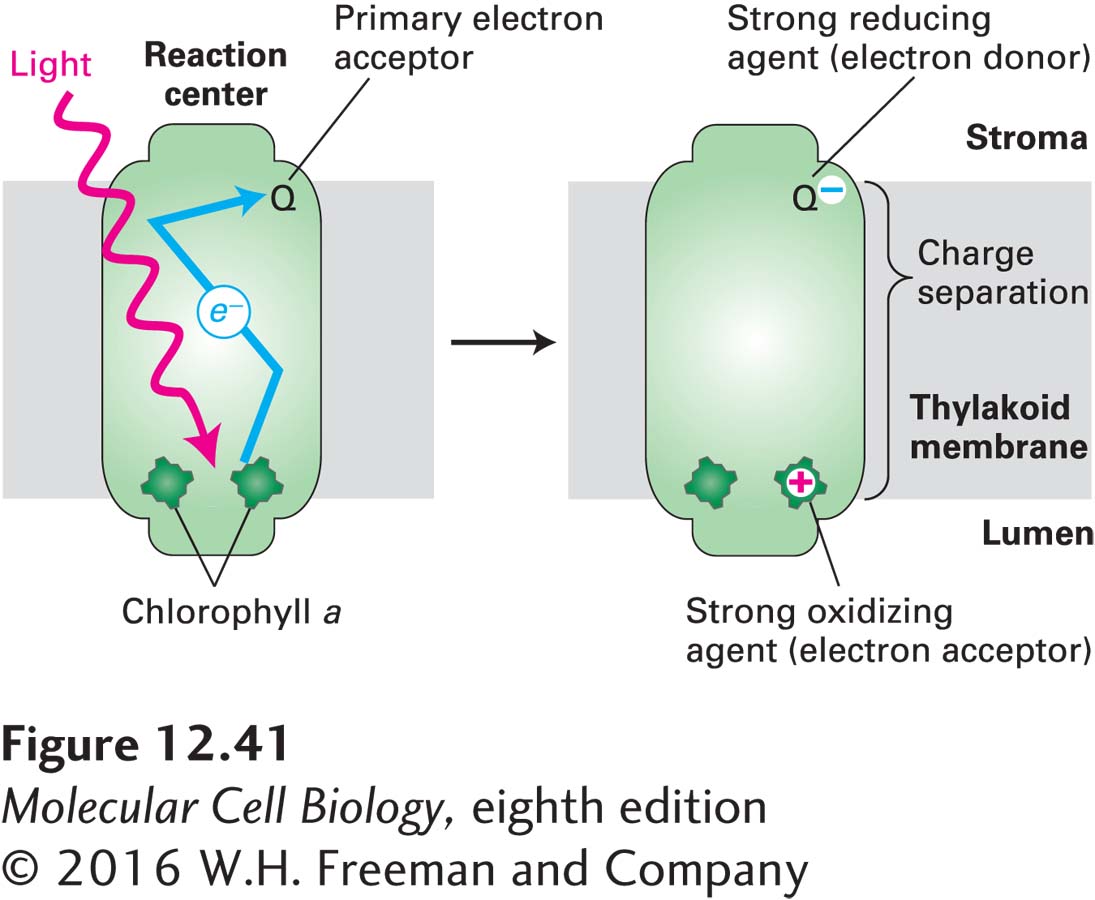
FIGURE 12- l- 2- 2- t- 2- 2-